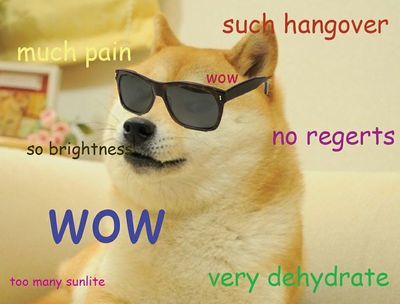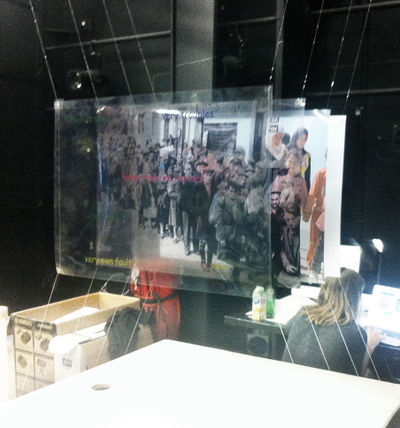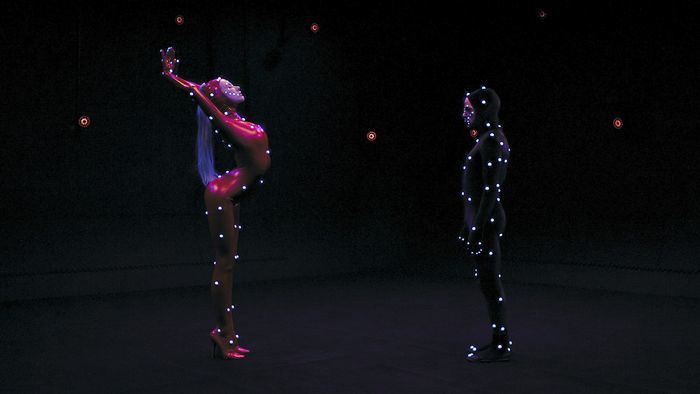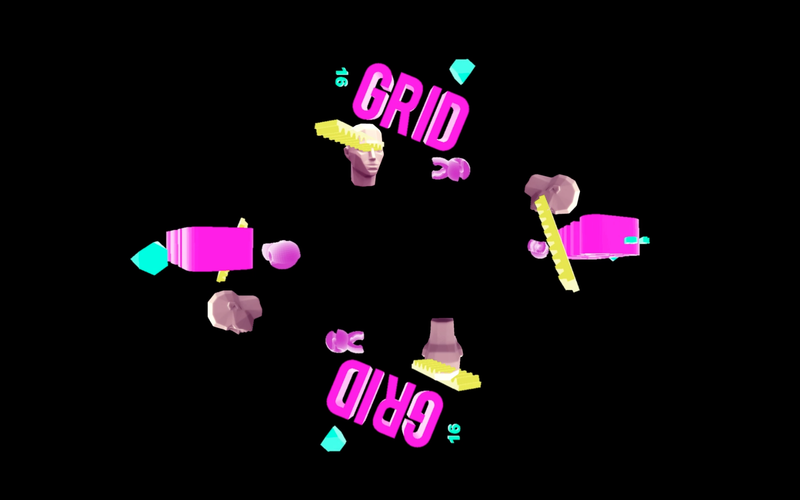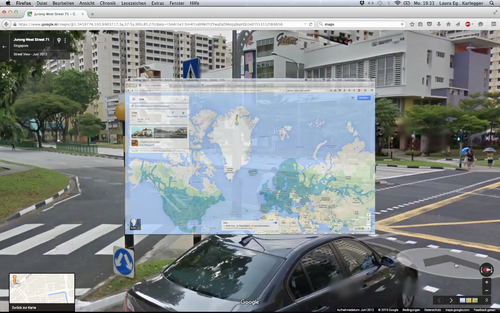User:JudithvanderHeiden
Unravel the Code
FIRST ASSIGNMENT
Meme
The Doge
Doge is a slang term for “dog” that is primarily associated with pictures
of Shiba Inus (nicknamed “Shibe”) and internal monologue captions on Tumblr.
These photos may be photoshopped to change the dog’s face or captioned
with interior monologues in Comic Sans font. >http://knowyourmeme.com/memes/doge<
Features:
- Comic Sans
- Bad grammar
- Monolog
- Hysteria
- Dog with a human expression
- Deformation
- Remix
- Repetition
What if the meme was used within a topical serious context ?
Refugee doge
With context as our overal theme we created a multi layered meme
which contains the opinions of certain groups within the western community.
Depending on the context we make our decisions wether we agree with
something or not.
The current situation in the middle-east is in a few ways similar to the second
world war. We take the refugees as a subject to use for our installation. By making
one image of the two events we create a different dimension in which the same
comments generate an ethical concern.
Digital Culture
Digital behaviour can be seen all around us.
People are drawn into their phones, staring
at a screen, and missing what is happening
around them. Social media has brought us as
closer together as it had drawn us apart.
Research
I have observed digital behaviour around me and that of my own.
What is interesting is that in situations were we have to wait, for instance at the bus stop, almost everyone is on their phone. I saw one man that didn’t
carry a phone although it seemed like this was not on purpose. He seemed restless and kept staring at other peoples phones as though he wanted to
grab them to kill the extreme bordom that overcame him.
I went out to eat with my boyfriend and It was surprising how many couples were on their phones while waiting for the next course. Clearly they weren’t
al bad dates as we seem to grab our phones for safety whenever we find ourselves in an awkward situation. I observed one couple who were constantly
on their phones, when the main course was served they asked the waitress to make a picture, it was the one and only time I saw them intimate. They had
their arms clutched around each other and smiled at the camera as the waitress took their photo. Taking photo’s seems to be added to her job description
as I saw her taking numerous photo’s of diffrent guests. After a few photo’s the couple was happy with the result and immediately started editing their photo
and posting it on Facebook. Probably with the message: “Dinner with my man such a lovely evening <3<3 “. When done posting they started eating and
remained quiet.
It seems like we are much more alive in and on the digital platform as we are in real live.
As I looked at the couple I couldn’t help but feeling sad for not only them but al the people I observed whom were much more interactive online then to their
actual surroundings. But when I started observing my own behaviour I found out I am just as much part of this ‘sad’ community as they were.
I recorded the times I check my phone on a regular day, a shocking 63 times, and the time I was actually on a digital device. I found out I spent so much time online
that the time spent in real life was shockingly low. We tend to think virtual reality lives within the oculus rift, seen trough glasses of a virtual reality device. But how do we define this virtual reality? Isn’t social media also
a form of virtual reality? Your Facebook profile is a virtual version of yourself which you use to navigate, communicate and interact with other virtual versions that
represent your friends. The question is; if a 2d platform can draw us in, distracting and obtaining us from real life, how would this manifest if virtual reality technology gets
so advanced it becomes hard to distinguish. Would the people at the restaurant even be their or would they be home lying on a bed with an oculus rift, having dinner in paris.
Virtual reality
Laura and I became partners as we seemed to share some point of views of the Digital Culture.
The theme we were most interested in was the Virtual Reality. It was a theme we could lose ourselves in while speculating the consequences of a perfectly designed world which adapts to your favour. We speculated that time in AR (actual reality) would be subordinate to that of VR (Virtual Reality). Why adapt to a world when you can have world be adapted to you? The VR would be indistinct able form AR , all senses would be triggered if wanted, whenever wanted. VR would be highly addictive to a point where almost everyone prefers VR then AR.
structure of motion in virtual reality
Under which circumstances would people stay in virtual reality forever? How must the interactive digital devices develop to make people wanting to stay in virtual reality? How would such a world look like? How would human interaction change? Could a new more direct form of communication develop?
Motion suit (How must the interactive digital devices develop to make people wanting to stay in virtual reality?)
We would like to represent this world in forms of a magazine that would be published in this future. It would contain our research and speculations of this future represented in interviews, adds and articles.
The magazine would be interactive and perhaps something you can walk trough.
Hologram
We found a simple technique online for making holograms, seeming fittingly to our idea. Having more than one of these holograms placed in a dark room, could create the feeling of walking though the magazine/a virtual world.
I started playing with the design for a hologram and made a animation which would represent the cover of the magazine. Laura made a video which show us google maps and is comparing its navigation to that of a virtual reality. Google maps is a virtual mapping of the world and you can say an virtual reality of its own.
Magazine 'cover' example
Google maps virtual reality
